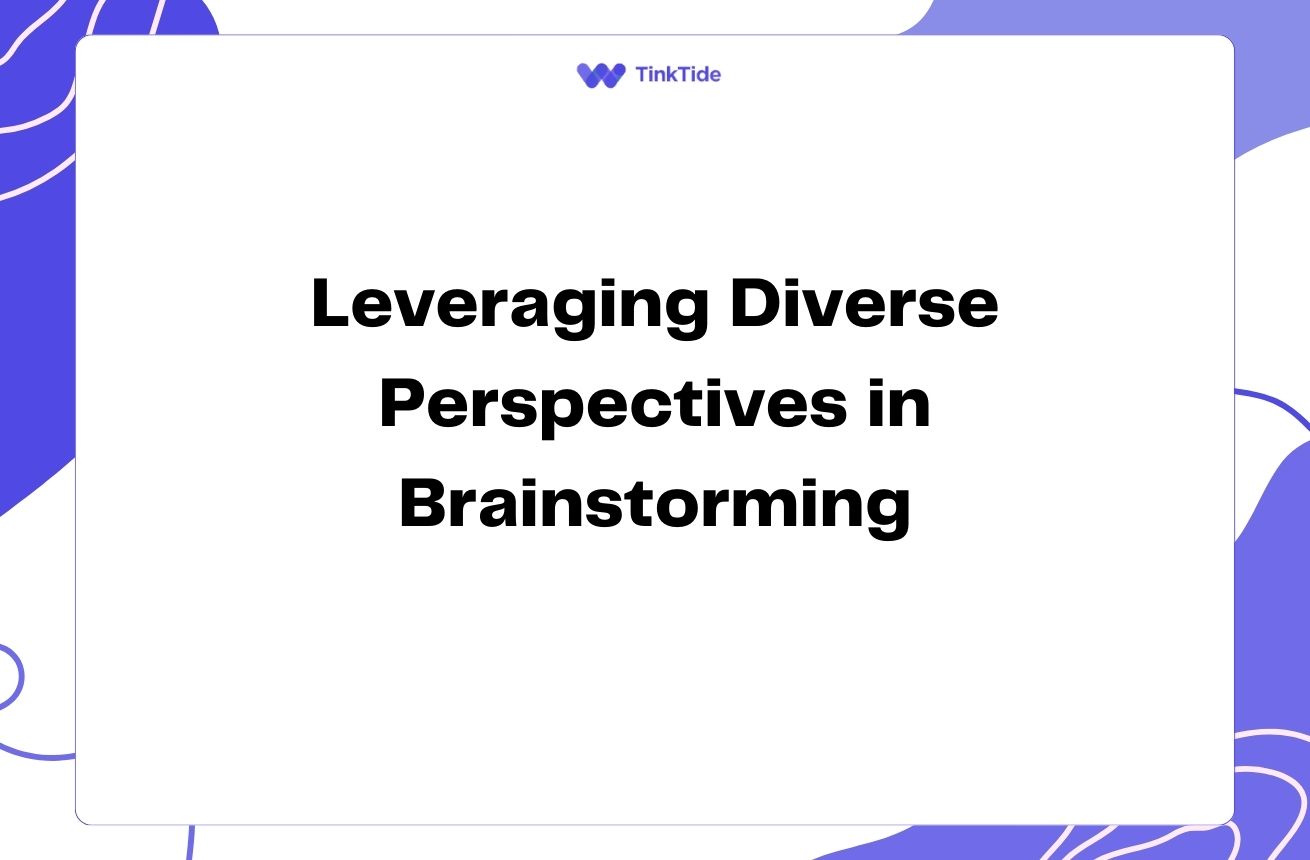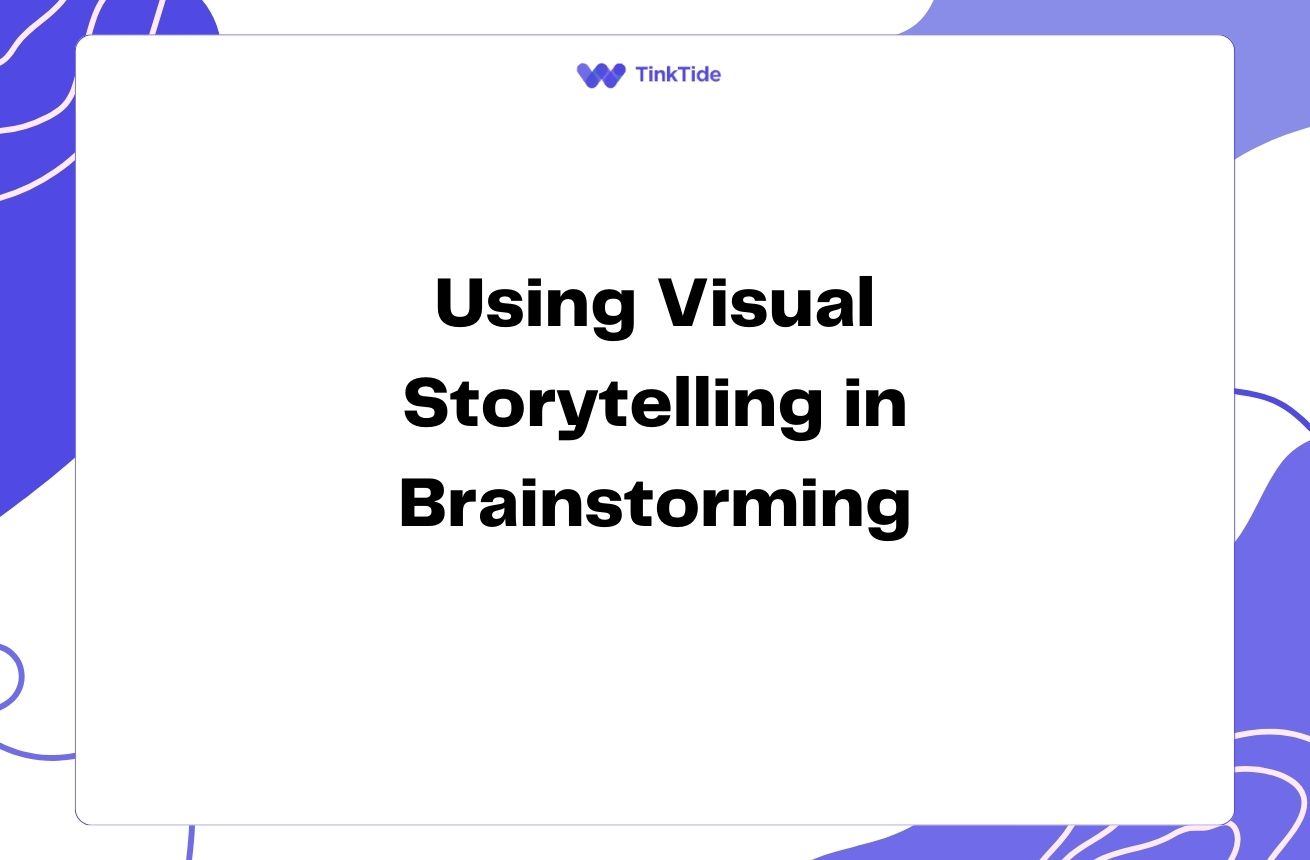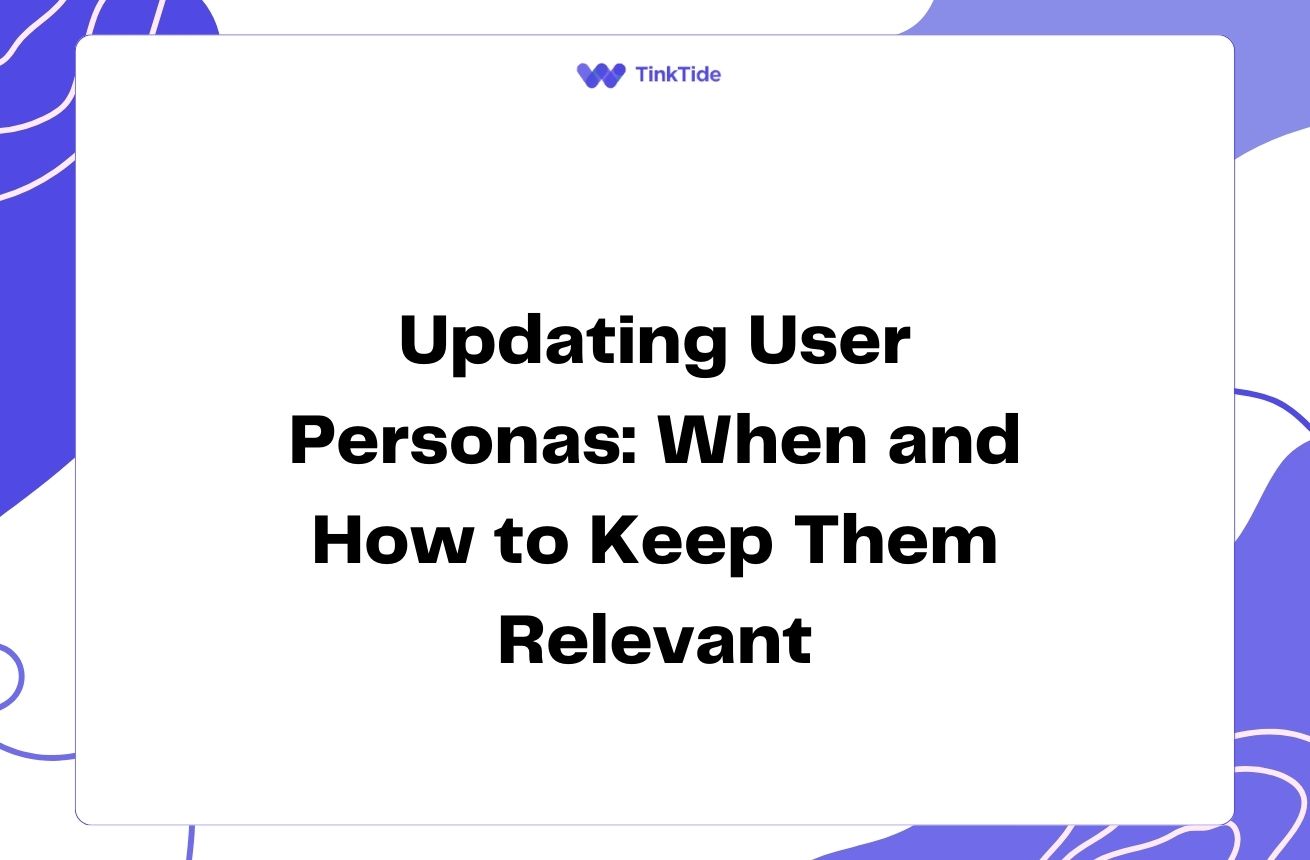Enhancing Customer Satisfaction: Emotions in Journey Mapping
Understanding the Importance of Emotions in Customer Journeys
Customer journey mapping is a powerful tool for understanding and improving the customer experience. However, many businesses overlook a crucial element: emotions. Emotions play a significant role in shaping customer perceptions and decisions throughout their journey with your brand.
According to a study by Temkin Group, emotions are the strongest driver of customer loyalty. By capturing and addressing customer emotions within your journey maps, you can enhance satisfaction and create more meaningful experiences.
Emotional mapping allows you to identify pain points, moments of delight, and opportunities for improvement that may not be apparent through traditional journey mapping methods. This holistic approach helps you design experiences that resonate with customers on a deeper level.
Key Benefits of Emotional Journey Mapping
Incorporating emotions into your journey maps offers several advantages:
- Improved customer empathy and understanding
- Identification of critical emotional touchpoints
- Enhanced ability to address pain points and frustrations
- Opportunities to create positive emotional experiences
- Increased customer loyalty and advocacy
Capturing Customer Emotions in Journey Maps
To effectively capture customer emotions in your journey maps, consider the following approaches:
1. Customer Interviews: Conduct in-depth interviews with customers to understand their emotional experiences at each touchpoint. Ask open-ended questions about how they felt during specific interactions with your brand.
2. Surveys and Feedback: Use emotion-focused surveys to gather quantitative data on customer emotions throughout their journey. Include questions that specifically address emotional responses.
3. Observational Research: Conduct field studies or usability tests to observe customers' emotional reactions in real-time. Pay attention to facial expressions, body language, and verbal cues.
Mapping Emotions to Journey Stages
Once you've collected emotional data, it's time to map it to your customer journey stages:
1. Create an Emotion Layer: Add a dedicated emotion layer to your existing journey map. This layer should run parallel to the customer actions and touchpoints.
2. Use Visual Cues: Employ color-coding or emoticons to represent different emotional states at each touchpoint. For example, red for frustration, green for satisfaction, and yellow for neutral feelings.
3. Include Emotional Intensity: Indicate the intensity of emotions using varying shades or sizes of your visual cues. This helps prioritize areas that need immediate attention.
Analyzing Emotional Data for Insights
To derive actionable insights from your emotional journey map:
1. Identify Patterns: Look for recurring emotional patterns across different customer segments or journey stages. These patterns can reveal systemic issues or opportunities.
2. Pinpoint Emotional Peaks and Valleys: Pay special attention to moments of extreme positive or negative emotions. These are often the most memorable parts of the customer journey.
3. Correlate Emotions with Behaviors: Analyze how emotional states correlate with customer behaviors, such as purchase decisions or churn rates. This can help predict future customer actions based on emotional cues.
Addressing Customer Emotions to Enhance Satisfaction
Once you've mapped and analyzed customer emotions, take action to improve the emotional journey:
- Redesign Frustrating Touchpoints: Focus on reducing negative emotions by redesigning problematic interactions.
- Amplify Positive Experiences: Identify and enhance touchpoints that elicit positive emotions to create more delightful moments.
- Train Staff on Emotional Intelligence: Equip your customer-facing teams with emotional intelligence skills to better respond to customer emotions.
- Personalize Interactions: Use emotional data to tailor experiences to individual customer preferences and emotional needs.
- Proactively Address Concerns: Anticipate and address potential emotional pain points before they occur in the customer journey.
Measuring the Impact of Emotional Journey Mapping
To gauge the effectiveness of your emotional journey mapping efforts:
1. Track Emotional Metrics: Implement ongoing measurement of customer emotions using tools like Net Promoter Score (NPS) or Customer Effort Score (CES).
2. Monitor Business KPIs: Observe changes in key performance indicators such as customer satisfaction scores, retention rates, and lifetime value.
3. Conduct Follow-up Research: Regularly reassess your emotional journey map through customer interviews and surveys to ensure it remains accurate and relevant.
Address common questions
Here are some frequently asked questions about emotional journey mapping:
How often should we update our emotional journey map?
It's recommended to review and update your emotional journey map at least annually, or more frequently if you're implementing significant changes to your customer experience. Regular updates ensure that your map remains accurate and relevant as customer expectations and behaviors evolve.
Can emotional journey mapping be applied to B2B businesses?
Absolutely. While B2B decisions are often perceived as more rational, emotions still play a crucial role. B2B buyers are humans too, and their emotions influence decision-making processes. Mapping emotions in B2B journeys can reveal important insights about stakeholder concerns, trust-building opportunities, and pain points in complex buying cycles.
How can we capture emotions for digital-only customer journeys?
For digital journeys, you can use a combination of methods: 1) In-page surveys or feedback widgets, 2) Session recordings to observe user behavior, 3) Sentiment analysis of customer support interactions, 4) A/B testing different emotional design elements, and 5) Post-interaction email surveys. Tools like Hotjar or FullStory can be particularly useful for capturing digital emotions.
What's the difference between customer satisfaction and customer emotions?
Customer satisfaction is a measure of how well a product or service meets customer expectations, while customer emotions refer to the feelings experienced throughout the journey. Emotions are more nuanced and can fluctuate rapidly, even within a generally satisfactory experience. Understanding emotions provides deeper insights into the 'why' behind satisfaction scores.
How can we justify the investment in emotional journey mapping to stakeholders?
To justify the investment, focus on the potential ROI: 1) Highlight studies showing the link between emotions and customer loyalty, 2) Present case studies of companies that have successfully implemented emotional mapping, 3) Calculate the potential impact on customer lifetime value, and 4) Demonstrate how emotional insights can lead to more targeted and effective improvements in the customer experience, potentially reducing costs associated with customer churn and acquisition.
Provide additional resources
Emotion Mapping Guide
A comprehensive guide to emotion mapping by Nielsen Norman Group
Customer Journey Mapping Tools
Gartner's review of top customer journey analytics tools
Emotional Design Book
Don Norman's seminal book on the role of emotions in design
Harvard Business Review on Customer Emotions
HBR article on the science behind customer emotions
Emotional Journey Mapping Webinar
A webinar on incorporating emotions into journey maps
Summarize key takeaways
Incorporating emotions into your customer journey maps is a powerful way to enhance customer satisfaction and create more meaningful experiences. By capturing, analyzing, and addressing customer emotions, you can identify critical touchpoints, resolve pain points, and amplify positive moments in the customer journey.
Remember that emotional journey mapping is an ongoing process. Regularly update your maps, measure the impact of your efforts, and continuously refine your approach to stay aligned with evolving customer needs and expectations.
Start integrating emotions into your journey mapping process today to unlock deeper customer insights and drive lasting improvements in customer satisfaction and loyalty.
Elevate Your Customer Experience Strategy
Ready to transform your customer journey maps with emotional insights? Start your free trial of our journey mapping tool today.
Start Your Free Trial

